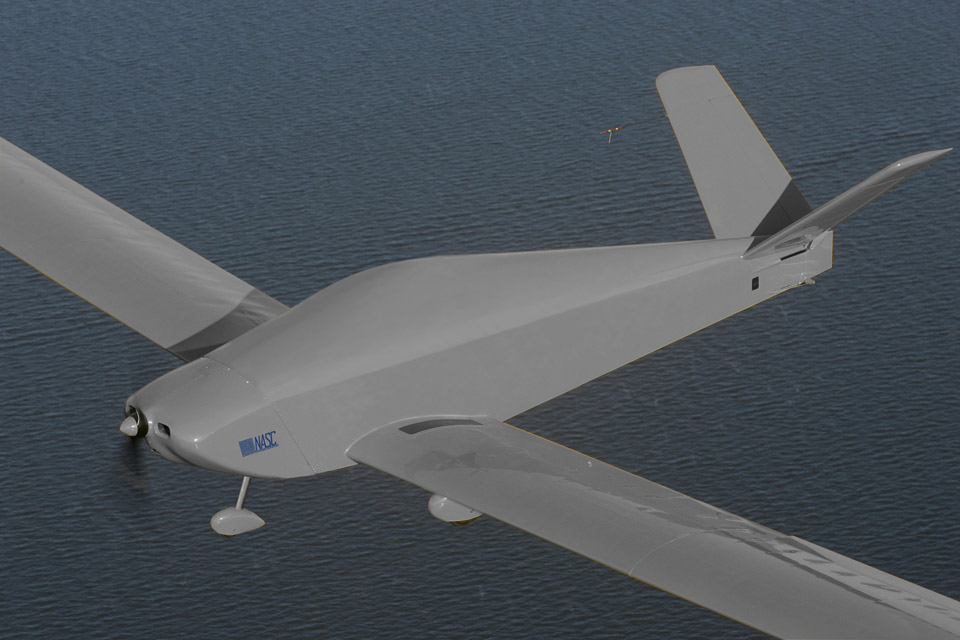Sonex Signs Agreement With UAV Maker
April 30, 2015 - Sonex Aircraft, LLC and Navmar Applied Sciences Corporation (NASC) have signed a formal business collaboration agreement for research, engineering, and production of unmanned aerial vehicles (UAVs), Sonex announced Thursday. The first project will be a Xenos-based aircraft dubbed “Teros” to be used for extended range, high altitude missions in a wide range of environments. Powered by AeroVee Turbo engines, Teros UAVs will offer significant fuel and mission payload capability.
NASC currently produces the Tiger Shark and Mako II UAVs, which the company claims have performed “exceptionally well for the company¹s Department of Defense customers.”
“The Xenos Motorglider is a perfect fit for UAV application,” said Sonex founder John Monnett. “The UAV mission is something we’ve been envisioning since the design of the Moni Motorglider in the 1980s, combining performance and efficiency with extremely simple and economical construction.”
Sonex will produce Teros ship sets at its Oshkosh, Wisconsin, headquarters and deliver them to NASC headquarters in Warminster, Pennsylvania, for integration and operation as UAVs. The first prototype is slated for delivery in June 2015.
“Sonex was selected to produce the aircraft for conversion to a UAV based upon their reputation for excellence in engineering, quality production, and customer support,” remarked Chris Patton, NASC’s unmanned aerial systems group manager. “We look forward to expanding our relationship with Sonex to meet our customers’ ever-evolving mission requirements.”
NASC will announce more details on the new Teros line at next week’s Association for Unmanned Vehicle Systems International (AUVSI) 2015 conference and trade show in Atlanta.

